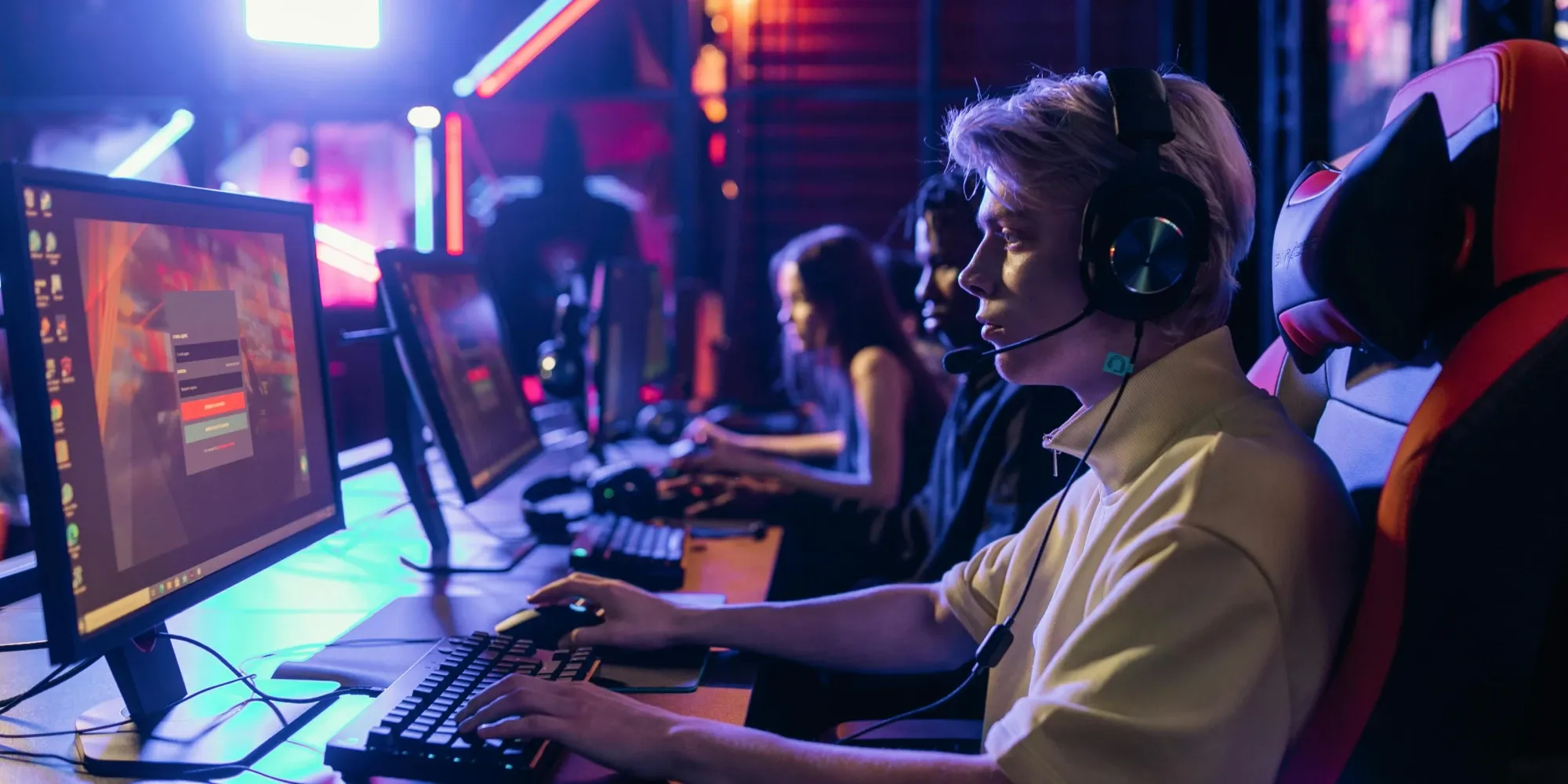The gaming landscape is ready for a big change. Industry research shows that 76% of adult online multiplayer gamers in the US experienced harassment in 2023, as do three out of four young players (ages 10-17). With 3 billion players worldwide and $200 billion in annual revenue, this behavior isn’t just a social issue, it can become a business crisis.
Players quit platforms if they’re harassed. And they’re unlikely to ever come back. Lost users. Lost revenue. How can we eradicate toxicity in online gaming and cultivate the positive experiences that create competitive advantage and sustainable growth?
Targeting vulnerable players
Harassment in online games disproportionately impacts certain demographics. Women gamers (48%), Black players (50%) and LGBTQ+ individuals consistently report higher rates of targeted abuse. Black players have experienced a 19-point increase in such incidents since 2020, despite game companies’ public support for racial justice initiatives.
Defining the spectrum of harassment
The spectrum of online harassment trends ranges from offensive name-calling affecting 67% of adult players to serious safety concerns like physical threats (38%). More severe harms include unwanted sexual interactions (23%), privacy violations through doxxing (14%) and dangerous real-world targeting via swatting (10%).
Here are five of the most toxic behaviors and consequences:
Physical threats: Physical threats and suicide baiting — deliberately provoking vulnerable players to harm themselves — fundamentally undermine the recreational nature of gaming spaces.
Hate raiding: This organized form of harassment involves coordinating groups to flood a streamer’s chat or game session with hateful messages and content, overwhelming moderation systems and disrupting communities.
Invasion of privacy and real-world attacks: Doxxing is the public revelation of a player’s personal information like name, address or phone number, and exposes players to offline harassment. For example, “swatting” involves: making false emergency reports to authorities about a player’s address, resulting in armed police responses that have led to injuries and even deaths.
Gameplay-based harassment: Several tactics specifically target players through game mechanics themselves.
- “Griefing” involves deliberately disrupting another player’s game experience through persistent, intentional harassment using in-game actions.
- “Team-killing” occurs when players intentionally eliminate teammates in games where friendly fire is possible, sabotaging the victim’s progress and the team’s chances of winning. Match sabotage happens when players deliberately perform poorly or help opponents to ensure a team loses, often targeting specific players.
Coordinated campaigns: Organized harassment amplifies harm when groups systematically target individuals across gaming sessions. In extreme cases, gaming spaces become recruitment grounds for extremist groups, transforming isolated incidents into sustained campaigns that drive targeted players away entirely.
Conquering gaming harassment
Addressing the toxicity requires a multi-faceted strategy that combines technology, human judgment and thoughtful policy design.
Effective solutions include:
- AI/Human hybrid moderation approaches: Combine human moderation teams for contextual understanding with AI-powered filtering for scalability, while empowering community self-moderation through robust reporting tools and clear safety guidelines.
- Comprehensive & adaptive policy frameworks: Develop clear, enforceable policies that define prohibited behaviors, addressing both overt and subtle forms of toxicity. Ensure consistent enforcement while adapting policies to emerging threats and evolving community dynamics.
- Community-driven moderation & engagement: Implement player accountability systems that track behavior and encourage self-regulation, while fostering community ownership by making safety a shared responsibility.
- Positive reinforcement & incentives: Reward helpful behavior, teamwork and constructive communication with exclusive perks, while introducing visual status recognition (badges, titles) to highlight positive contributors and encourage better interactions.
- Recognition & role modeling: Spotlight exemplary players through interviews and platform recognition, fostering a culture of respect by celebrating positive role models and reinforcing platform values.
By blending technology, policy and community engagement, gaming platforms can create inclusive, accountable and safer experiences for all players.
Partnering for a safer player experiences
The complexity of gaming moderation calls for specialized expertise. Our Trust & Safety solutions are built specifically for gaming environments with:
- Scalable, culturally-informed, 24×7 coverage across 28 global locations, in 12 countries supporting 30+ languages
- Combined human judgment and AI processing for contextual moderation
- Regulatory compliance expertise adapted to gaming-specific challenges
- Human moderators selected for gaming knowledge and understanding of community dynamics
- Industry-leading wellness programs address the specific needs of gaming moderators
- Training focused on recognizing coded language and game-specific behaviors
Invest in Trust & Safety now
Player safety is a moral responsibility. It’s also good business. Toxic environments drive players away, directly impacting revenue. Protection equals retention and safeguarding your reputation. Effective trust and safety measures deliver clear ROI while ensuring your community thrives.


